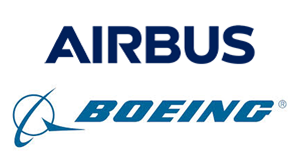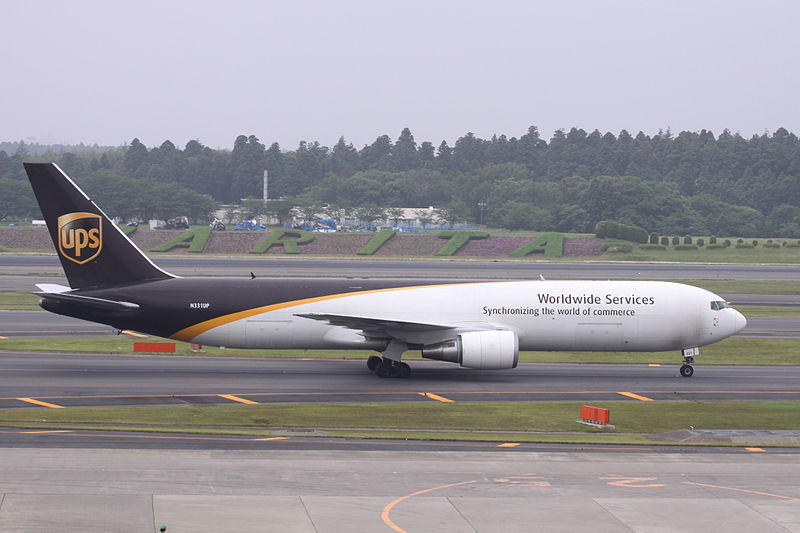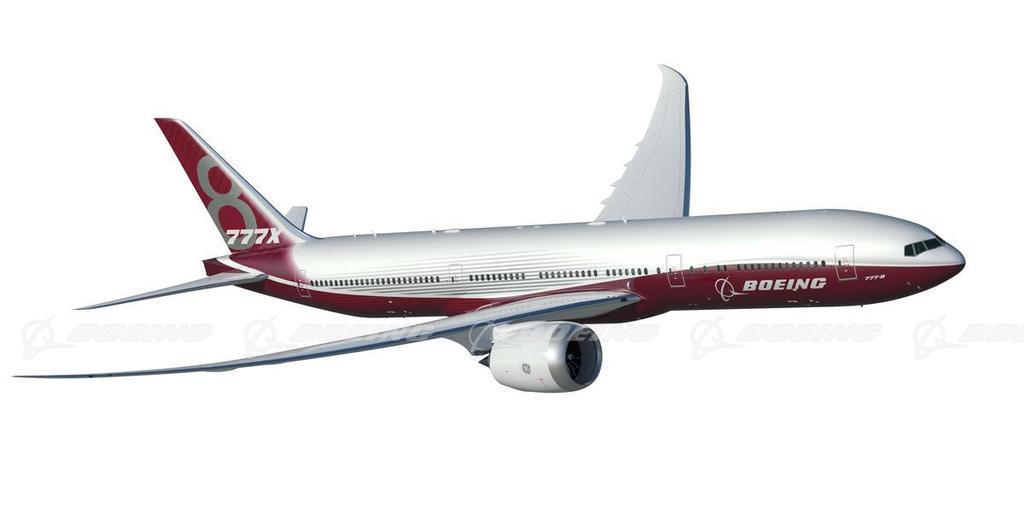Leeham News and Analysis
There's more to real news than a news release.
Rejuvenating the current in-service cargo fleet
Subscription Required
By Vincent Valery
Introduction
Aug. 30, 2021, © Leeham News: The COVID-19 pandemic lingers on passenger airlines, delaying a full traffic recovery. At the same time, the freighter market is very active and shows no signs of abating.
A surplus of passenger aircraft and record cargo demand means that passenger-to-freighter conversion lines are firing on all cylinders. On top of the existing Boeing 757 and 767 lines, new ones are coming online to convert Airbus A321s, A330s, and 777-300ERs.
Airbus launched the A350F program while Boeing is pondering a 777X-F program. Airbus is also discussing the launch of a factory A321F. The European OEM wants to increase its footprint in a Boeing stronghold.
Boeing also keeps accumulating new freighter orders at a healthy pace.
While some factory-built and converted freighters will be for growth, a significant portion will replace older in-service aircraft.
To complement the ongoing series comparing the economics of freighter aircraft and analysis of historical deliveries, LNA now examines the current in-service fleet. Analyzing aircraft in operation will help determine the most promising replacement opportunities for converted and factory freighters.
Summary
- Overall jet freighter fleet view;
- Significant single-aisle replacement opportunities;
- One market concentrates most small dual-aisle fleet;
- One large freighter fleet up for replacement;
- A factor that could accelerate replacements.
The factory freighters, Boeing’s 767-300F versus Airbus’ A330-200F
Subscription Required
By Bjorn Fehrm
Introduction
August 26, 2021, © Leeham News: In our series about freighters, we try to understand why the Boeing 767 factory freighter, the 767-300F, has outsold the Airbus entry, the A330-200F, six to one. In the passenger variants, the Airbus A330 is the more popular model with a 30% delivery advantage.
We model the freighters to understand any technical and operating economics differences; then we complement with market observations.
Summary
- The Boeing 767 freighter is the market’s most successful widebody freighter after the Boeing 777F.
- It has, over the years, trumped the Airbus entry, A330-200F six to one in sales and five to one in deliveries. We investigate why?
Aircraft replacement conundra
Subscription Required
By Vincent Valery
Introduction
Aug. 23, 2021, © Leeham News: Boeing has been studying the launch of a clean-sheet aircraft design for more than a decade. In light of the lingering effects of the COVID-19 pandemic, it is unlikely the American OEM will launch such a program until a recovery is well underway.
At this point, no one, including LNA, knows for sure what the New Boeing Aircraft (NBA) will be and, most importantly, when it will likely enter service. Among the possible scenarios, Boeing could decide to wait until more innovative propulsive technology, such as an open rotor, is mature enough.
Should Boeing decide to take the latter path, the NBA would realistically enter into service in the middle of the next decade. Under such a scenario, airlines operating older-generation aircraft need to find replacements among the current type of in-service aircraft.
Most older-generation in-service aircraft seating 100 or more passengers have an immediate replacement in size, which usually comes with more payload-range capacity. However, some don’t, which creates a headache for fleet planners.
LNA will highlight in this article the current in-service aircraft that don’t have an immediate replacement and assess the options to replace those.
Summary
- Lack of close replacements in two market segments;
- One market isn’t a problem for passenger airlines
- But another can be;
- One variant concentrates most aircraft without replacements;
- A carrier to watch.
The P2F freighters, 757-200P2F versus A321P2F.
Subscription Required
By Bjorn Fehrm
Introduction
August 19, 2021, © Leeham News: In our series about freighters, we now look at domestic freighters based on the Boeing 757-200 and the Airbus A321. The 757-200 is a popular Passenger to Freighter (P2F) conversion, but as production of the 757 stopped in 2004, there is a limit to the conversion feed-stock for the model.
At the same time, older A321s are reaching market values where their cost enables competitive P2F conversions.
We use our performance model to check if the A321P2F is a good alternative to the 757-200P2F.
Summary
- The feed-stock for the Boeing 757-200 Passenger to Freighter conversions will diminish at some point in the future.
- The alternative in the same freight volume class is a converted A321. We check how well it fits the bill as an alternative to the 757-200.
An Update on Airbus, Boeing Orders at Risk
Subscription Required
By Vincent Valery
Introduction
Aug. 16, 2021, © Leeham News: As a result of the COVID-19 pandemic and delays in the re-certification of the 737 MAX, Boeing lost a large number of 737 MAX orders in 2020. The majority of the cancellations were flagged as ASC 606 adjustments on Boeing Commercial Airplane’s website.
Since the Federal Aviaton Administraton lifted the 737 MAX grounding in November, the program has accumulated new orders from longtime Boeing customers, notably Alaska Airlines, Ryanair, Southwest Airlines, and United Airlines.
Unlike Boeing, Airbus isn’t subject to an accounting rule similar to the ASC 606 adjustments. Therefore, the European OEM does not break down the orders at risk of cancellation by the program. Airbus only discloses the nominal value of its total adjusted order book in its annual report.
LNA analyzed in July and November last year Airbus’ and Boeing’s order books to identify orders at risk and come up with an apples-to-apples comparison. We perform an update of this analysis with the latest order books from both OEMs.
Summary
- Difference between LNA and Boeing methodology
- Adjustments exacerbate traditional OEM strengths and weaknesses;
- An upcoming order book clean-up for older programs;
- Two programs with material adjustments;
- Some twin-aisle variants are less popular than others.
The P2F freighters, 767-300ER versus A330-200 or -300?
Subscription Required
By Bjorn Fehrm
Introduction
August 12, 2021, © Leeham News: In our series about freighters, we now look at Cargo companies operating early Boeing 767-200 freighters that look at a replacement for these. Shall it be a 767-300ER or an Airbus A330-200 or -300 conversion freighter?
We use our performance model to understand their characteristics and operational efficiencies.
Summary
- Both the 767-300ER and A330-200/-300 early passenger models will provide ample feed-stock for freighters going forward, as these reach sunset age and can be acquired for the low cost required for a P2F freighter.
- Which of these freighters are suitable for what type of freight? And what is their efficiency in such operations? We compare them using our performance model.
Exclusive: Airbus discusses A321F new-build program with customers
Subscription Required
By Scott Hamilton
Introduction
Aug. 9, 2021, © Leeham News: Call it Airbus’s attack on Boeing’s final frontier.
After an embarrassing failure with the new-build A330-200F and an ill-conceived A380F, Airbus last month launched the A350F.
Market sources tell LNA this time, Airbus may have a winner. The market sources also tell LNA Boeing, for once, is actually worried about a proposed Airbus freighter airplane.
Related Stories
When announcing the program launch, Airbus didn’t reveal customers. Nor did officials reveal specifications, beyond saying payload will be “in excess of 90 tons.” But information obtained by LNA and analysis by our Bjorn Fehrm revealed the fundamentals in previous paywall articles. And, we know potential customers have seen the specifications under Non-Disclosure Agreements.

Airbus offers the A321P2F based on the A321ceo. It’s also discussing the possibility of a new A321neo-based, new-build freighter. Photo: Airbus.
It’s also unlikely the Airbus Board would have authorized the program launch without customers ready to go. LNA believes Airbus needed 50 orders to launch the program. With an installed base of combination carriers already operating the A350, these would be target launch customers.
Now, LNA can reveal, Airbus is talking with key customers about potentially offering a new-build A321neo freighter.
The Airbus A350F versus Boeing’s 777-XF.
Subscription Required
By Bjorn Fehrm
Introduction
August 5, 2021, © Leeham News: Two weeks ago we compared the launched Airbus A350 freighter with Boeing’s in-service 777F. We found the 777F is a freighter with a very high payload capability, but it faces an ICAO emission and noise ax by 2028, should the present engines be kept.
Boeing’s CEO David Calhoun recently said a freighter version of the 777X might replace the 777F. With seven years to 2028, a development decision for a 777-XF is then imminent. We use our performance model to look at how an A350F and 777-XF would compare.
Summary
- A new Boeing 777-XF freighter, based on the 777-8 (picture), has to equal or beat an Airbus A350 freighter both on payload and economics.
- Beating an A350F on capacity and payload is straightforward, the 777-8 is the larger aircraft. On operating costs, it’s a tighter race.
A history of jet freighter aircraft
Subscription Required
By Vincent Valery
Introduction
July 29, 2021, © Leeham News: Last week, LNA compared the performance of the 777F against the A350F, launched today. As a follow-up, we thought it relevant to look at the history of freighter aircraft derived from passenger jets at the major OEMs.
Shortly after the dawn of the jet age, Boeing and McDonnell Douglas started selling freighter variants of their 707 and DC-8, respectively. Most aircraft families developed later at both OEMs would receive a freighter variant in one form or another.
We will stick for our analysis to Freighter aircraft delivered off the assembly line at the world’s Western OEMs: Airbus, Boeing, Lockheed, and McDonnell Douglas.
Summary
- What is a Freighter aircraft?
- A minor but worthwhile market after initial euphoria;
- Single-aisle against twin-aisle;
- A Queen of the Freighters;
- An OEM’s fortress is another’s weakness.








